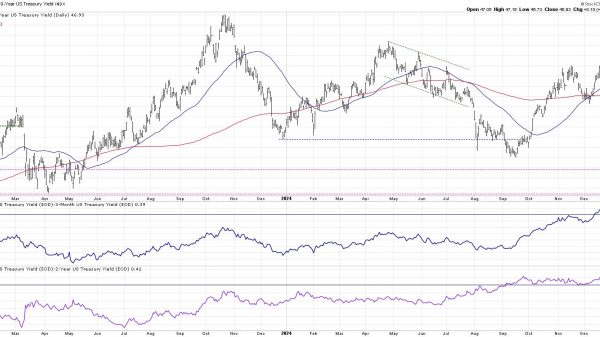WASHINGTON — The two major earthquakes which hit Turkey on Feb. 6 caused about $34.2 billion in direct physical damage, but total reconstruction and recovery costs facing the country could be twice as high, the World Bank (WB) said on Monday.
The bank estimates that the earthquakes would also shave at least half a percentage point off Turkey’s forecast gross domestic product growth of 3.5% to 4% in 2023, Humberto Lopez, World Bank country director for Turkey, told reporters.
The situation in Syria, which was also affected by the quakes, was “really catastrophic”, said Anna Bjerde, World Bank Group vice president for Europe and Central Asia. The bank will release a separate damage estimate for Syria on Tuesday.
Ms. Bjerde said the initial rapid damage assessment for Turkey of $34.2 billion was equivalent to about 4% of its economic output in 2021, but that did not include indirect or secondary impacts on the growth of its economy, or the most recent earthquake a week ago.
“Our experience is that reconstruction needs can run as high as two to three times the estimated direct physical damage,” she said.
The Feb. 6 earthquakes of 7.8 magnitude and 7.5 magnitude, the most deadly in modern Turkey’s history, killed more than 44,300 people.
The World Bank said the earthquakes had been followed by more than 7,500 aftershocks, creating the largest such disaster to strike Turkey in over 80 years.
The bank’s Global Rapid Post-Disaster Damage Estimation (GRADE) report estimates that 1.25 million people were made homeless by damage to their homes, or their complete collapse.
The heaviest damage occurred in 11 provinces in southern Turkey that have some of the country’s highest poverty rates, and host more than 1.7 million Syrian refugees, or about half the total Syrian refugee population in Turkey, the report found.
The World Bank has provided immediate assistance of $780 million for Turkey from two existing projects in Turkey, as well as $1 billion in a new emergency recovery project. — Reuters























